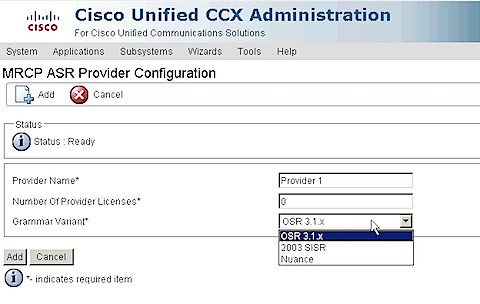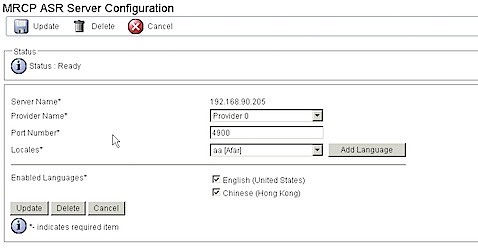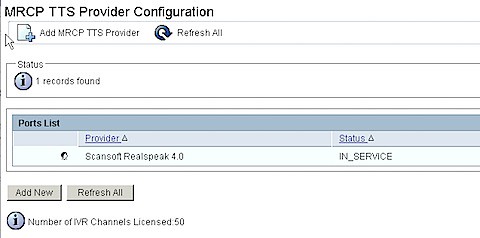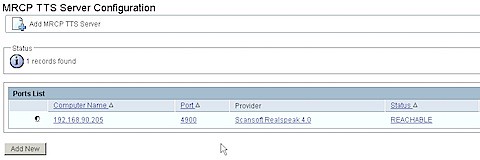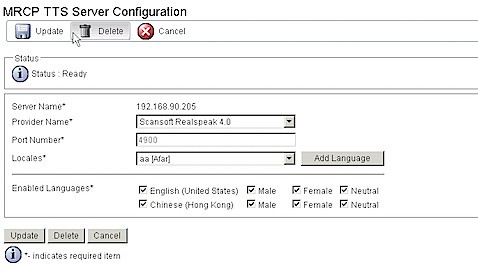My environment: Nexus 5010 with NX-OS 4.2(1)N2(1)
Nexus 5000 supports 1G connection starting from 4.0(1a)N1(1). I have tried to plug in the GE SFP to N5K and it shows the "SFP validation failed" message" in the "show interface" output. The trick is:
1. Unplug your GE SFP
2. go to your interface configuration, and type "speed 1000". You CAN'T change the port speed after you plug in your SFP.
3. Plug in your GE SFP again. And it works!
More information:
http://www.cisco.com/en/US/partner/docs/switches/datacenter/nexus5000/sw/command/reference/rel_4_1/ethernet-cmd-ref.html#wp1619365
"If the interface and transceiver speed is mismatched, the SFP validation failed message is displayed when you enter the show interface ethernet slot/port command. For example, if you insert a 1-Gigabit SFP transceiver into a port without configuring the speed 1000 command, you will get this error. By default, all ports on a Cisco Nexus 5000 Series switch are 10 Gigabits. "

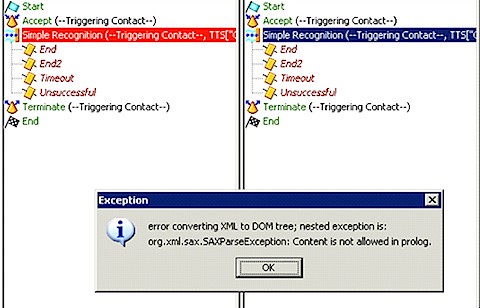
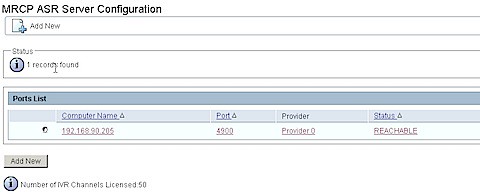
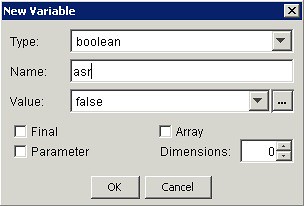
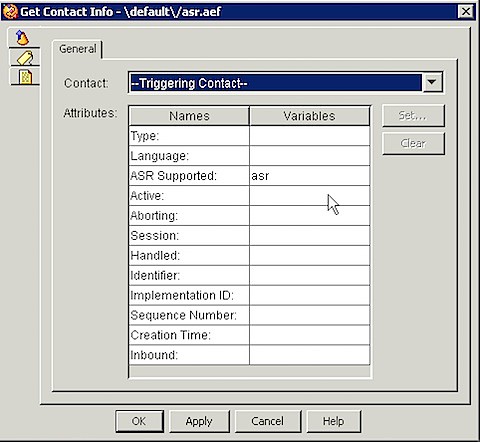
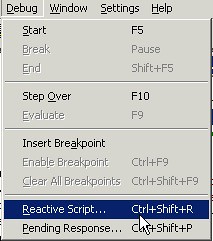
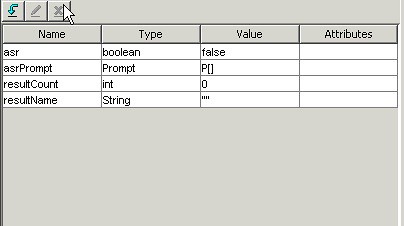
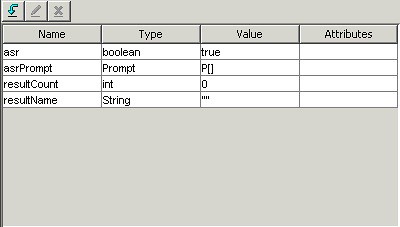
 The "Override Media Termination" should equal to "Yes" and make sure you've selected your ASR Dialog group.
The "Override Media Termination" should equal to "Yes" and make sure you've selected your ASR Dialog group.